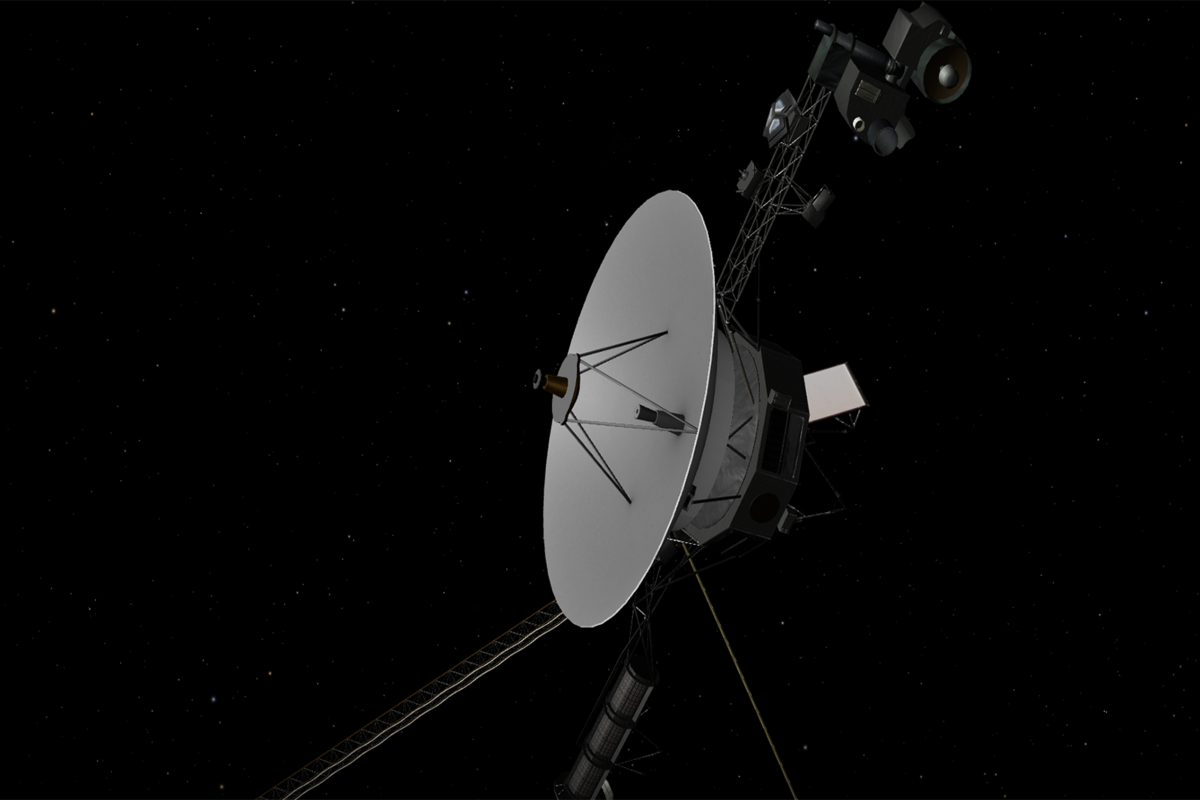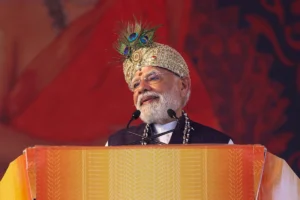
On December 10, 2018, NASA’s Voyager 2 spacecraft made history by becoming the second human-made object to enter interstellar space. This momentous achievement came 41 years after its launch, marking a critical milestone in humanity’s pursuit of knowledge beyond our solar system. While its sibling, Voyager 1, passed into interstellar space in 2012, Voyager 2’s journey continues to provide vital data about the distant reaches of space.
Voyager 2 launched on August 20, 1977, from Cape Canaveral, Florida, aboard a Titan-Centaur rocket. Its primary mission was to explore the outer planets, including Jupiter, Saturn, Uranus, and Neptune.
Along the way, the spacecraft made groundbreaking discoveries, including images of Jupiter’s Great Red Spot and close-up observations of Saturn’s rings. The data from these encounters transformed our understanding of the outer solar system.
In 1989, Voyager 2 flew past Neptune, becoming the first spacecraft to visit the planet. After completing its planetary survey, it continued its journey into the cosmos, heading for the outer edge of the solar system.
Voyager 2’s Interstellar Journey: Crossing The Threshold
In 2018, Voyager 2 crossed into interstellar space, meaning it officially left the bubble of charged particles surrounding our sun known as the heliosphere. As it exited the influence of the sun’s solar wind, the spacecraft entered an environment where the density of particles is extremely low and the interstellar magnetic field takes over.
Also Read: Maha Kumbh 2025: Eminent Artists To Grace Ganga Pandal From 7 February
This transition was significant because it marked the beginning of a new phase of exploration, as Voyager 2 is now traveling through uncharted territory. NASA scientists have been receiving data about this new environment, which is crucial for understanding the boundary between our solar system and the rest of the galaxy.
Ongoing Communication: The Lasting Link To Earth
Despite being over 11 billion miles away, Voyager 2 continues to communicate with Earth. The spacecraft transmits data back via the Deep Space Network, a system of radio antennas scattered across the globe. However, as the distance between Voyager 2 and Earth increases, the communication delay has also grown. Currently, it takes over 17.5 hours for signals to travel one-way, but scientists still receive valuable information from the spacecraft’s instruments.
As Voyager 2 ventures further into space, its power supply will eventually dwindle, with engineers estimating that the spacecraft’s systems will shut down around 2025. Nevertheless, the data it has collected will continue to provide insights for many years to come.
The Science Behind Voyager 2’s Success: Key Discoveries
One of the major achievements of Voyager 2 is its ability to measure cosmic rays and magnetic fields. In fact, the spacecraft’s instruments are currently measuring the magnetic field of interstellar space, which could shed light on the nature of cosmic radiation and the forces that shape our galaxy. Additionally, the data gathered from its passage through the outer solar system has helped refine our understanding of the structure of the solar wind and the heliosphere.
Moreover, Voyager 2’s legacy will help future missions to explore deeper into the galaxy. The lessons learned from its journey will guide the development of next-generation spacecraft designed to study other star systems and interstellar phenomena.
Looking Ahead: Voyager 2’s Legacy
As Voyager 2 continues its journey into the unknown, it embodies humanity’s drive to explore and understand the universe. Its legacy of scientific discovery will endure long after the spacecraft’s systems are powered down. With each passing day, Voyager 2 sends humanity’s message to the stars: a quest for knowledge, an enduring spirit of exploration, and a testament to the power of human ingenuity.
In conclusion, Voyager 2’s incredible journey serves as both a reminder of our technological achievements and a symbol of the limitless possibilities that lie ahead in space exploration.
To read more such news, download Bharat Express news apps


















